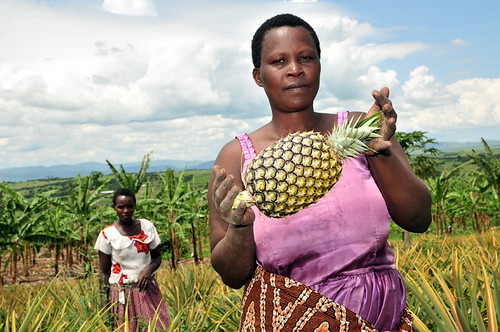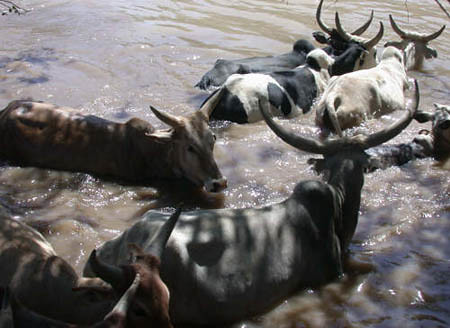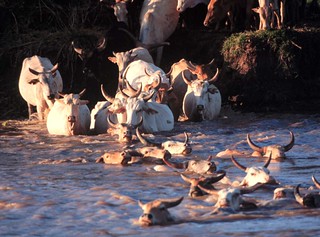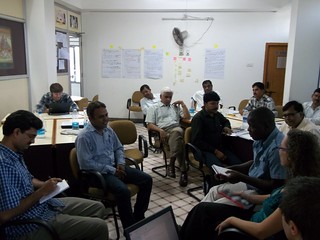A journal article published in the May 2012 issue of the International Journal of Agriculture and Forestry calls for a coordinated agricultural research and development strategy that links innovation platforms at continental, sub-regional, national and grassroots levels. This, the paper argues, would represent the best practices for comprehensive use of the innovation system approach.
The paper used three case studies from the Sub-Saharan Africa Challenge Program to examine strategies and approaches for the successful use of the innovation system approach in agricultural research for development.
Co-author Pamela Pali is a monitoring and evaluation specialist with the Poverty, Gender and Impact team at the International Livestock Research Institute (ILRI) in Kenya.
Co-author Jemimah Njuki, sociologist and gender specialist, is the former leader of ILRI's Poverty, Gender and Impact team. She left ILRI at the end of March 2012 and now works with CARE International. From her base in Tanzania, she heads a new program on smallholder women in agriculture called PATHWAYS which is being implemented in both Africa and Asia.
Access the full text article
Citation
Nyikahadzoi K, Pali P, Fatunbi AO, Olarinde LO, Njuki J and Adekunle AO. 2012. Stakeholder participation in innovation platform and implications for Integrated Agricultural Research for Development (IAR4D). International Journal of Agriculture and Forestry 2(3): 92-100.




